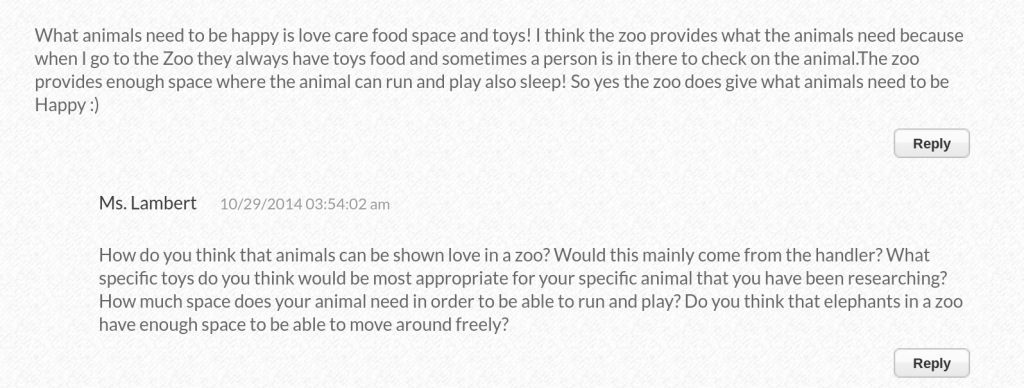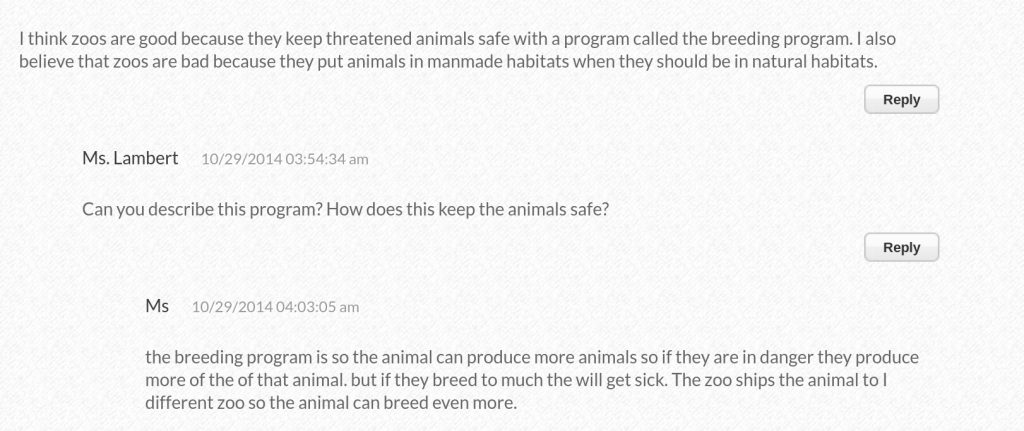Happy week after spring break everyone!
Is anyone else feeling super impressed with their students and their ability to get right back into things after a week-long break? I have never been able to say that before so I thought I may as well express these feelings of joy while I can.
As we get closer to the end of our school year, I am quickly compiling numerous tables with expectations, activities and number of periods needed for each subject. Since I have such an engaged group, I want to cover as much as I can so they are ready for their grade eight year. I think I’ve had about ten nightmares related to teaching dance and health since I started my online journey in September. I knew I wanted to start them sooner rather than later so we had time for more relaxed subjects in June.
So, Tuesday our first day back this week, we started dance and I was overwhelmed with the amount of participation. I wanted to keep things manageable so I started with this specific expectation:
- Exploring cultural forms, specifically, looking at the evolution of dance over time.
We watched an eight minute long YouTube video called “The Evolution of Dance”. Using what students saw in that video as well as researching on their own, students posted sticky notes on our jamboard link, sharing anywhere from 50-60 different styles of dance. We started in the 1950s and went all the way to present day. One student went so far as to share a comment about how nowadays, dances become popular overnight due to trends set by “celebrities” on tiktok. This app allows a worldwide stage for new and viral dances. This was such a great connection and was something we were going to address the following class. I was very nervous to teach dance, but I am glad I started with some discussions and video sharing. I have never taught this topic and was unsure of how to get a group of 33 grade seven students to dance, but I was able to see such engaging conversations take off around the evolution of dance. An engaging lesson for any who are skeptical about this hard to each subject (especially in a virtual space).
I am also gearing up to teach the health curriculum for the first time in my career. We were asked to send a letter home to parents where it outlines the expectations we will be covering. We also made parents aware of the exemption form that they would be required to fill out if they are requesting an exemption (as per board policy). These are the topics that I will be teaching this year to the grade seven students:
- Describing the dangers associated with computers/social media and identify protective responses
- Demonstrate an understanding of the link between mental health problems and substance use
- Explaining the importance of having a shared conversation with a partner about delaying sexual activity until they are older
- Understanding consent and the importance of communication
- Identifying sexually transmitted, blood-borne infections and describe their symptoms
- Identifying ways of preventing infections and unplanned pregnancy
- Mental Health Literacy
- Substance use, addition and related behaviours
The following resources will be used to assist in the delivery of this unit:
- Ontario Curriculum sample questions
- OPHEA guidelines
We will also be able to attend a lunch and learn for more information as well as hear more about these topics at our staff meeting. For a teacher who has never taught health, never talked about these topics in an online setting and never met their students, it can be quite an intimidating subject. However, I know these topics are very important to talk about and my students are well versed in the importance of learning sensitive things, especially in today’s society. I am hoping I will be able to cover these to the best of my abilities and I look forward to reading the OPHEA resources before doing so.
If any teachers have tips/tricks for dance and health, I am all ears! For now, these are my go to plans for the two subjects. As for the other subjects I still need to cover, even though they have their challenges, are pieces of cake compared to the unfamiliar dance and health!
Enjoy your weekends everyone and hang in there, we almost made it through this wild and unique year!




